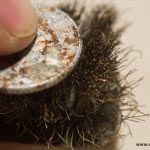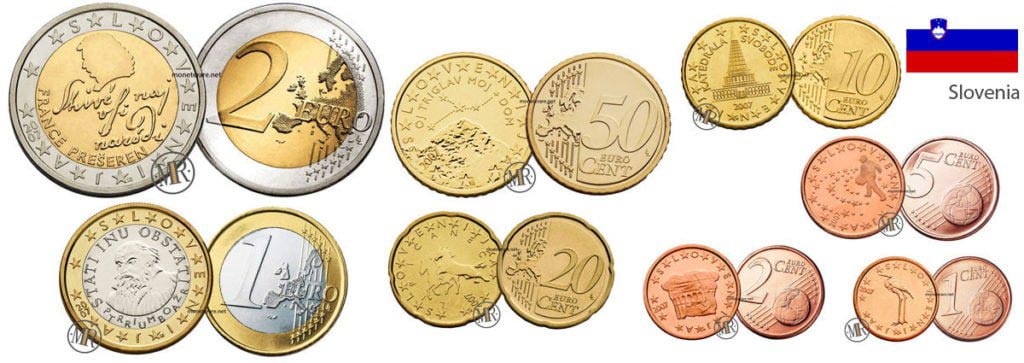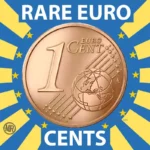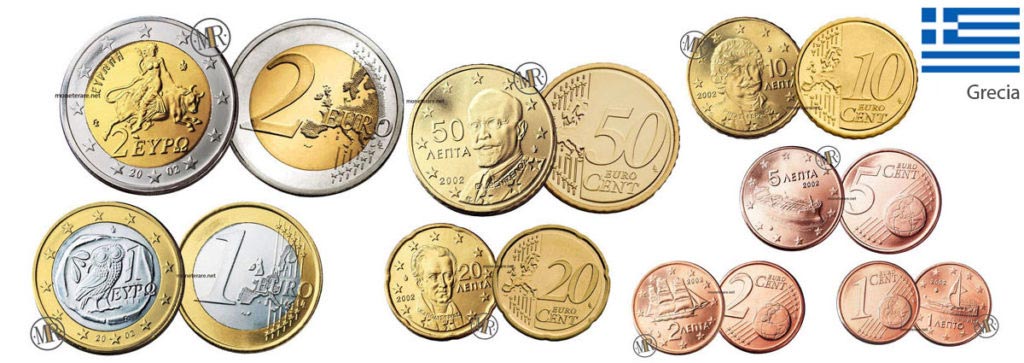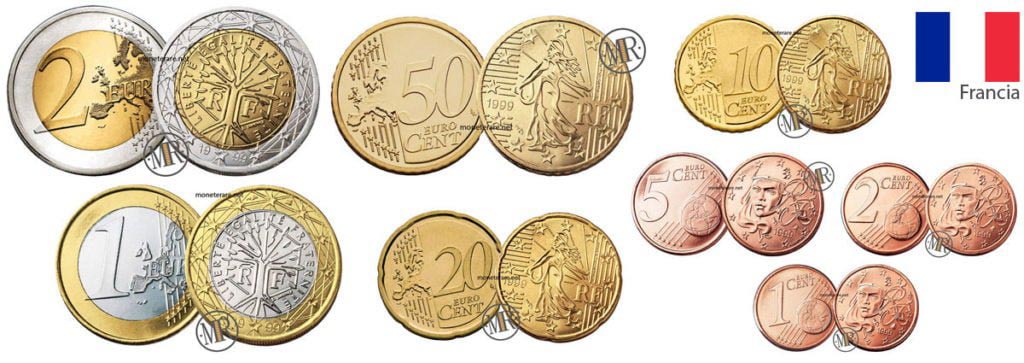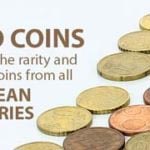Have you ever wondered how to recognize counterfeit coins? How can you tell if a euro coin is counterfeit? How to spot fake Euro coins? We will talk about it right here because if you are lucky enough to find yourself holding a rare euro coin, such as one of the Vatican’s City 2 euro commemorative coins or Monaco, you must make sure it is not a fake coin.
But wait, we will not talk about old coins such as fake Greek coins (there are plenty of them) or Roman coins or lira coins. Instead, we will talk about Euro coins.
In fact, even if we are starting to collect euro coins or if we already have our Euro-collection large and we are looking for the rarest and most expensive pieces, we need to know how to recognize counterfeit euro coins.
The reason is simple and obvious. A fake coin is a piece that we cannot use, collect or sell. So in practice if we bought one or more fake coins we took what in Italy is called “sola”, a scam.
Not bad if the coin in question is a euro that we found in our pockets after a change at the supermarket. More serious if instead it is a piece that we searched and bought paying dearly.
In this regard we always like to remember that if you want to buy or even sell coins online, the safest way is what we have explained on this page: where to buy and sell rare coins. You can read in detail the guides that we have provided on how to buy rare coins or even how to sell rare coins online.
Most common Fake coins among Euro Coins
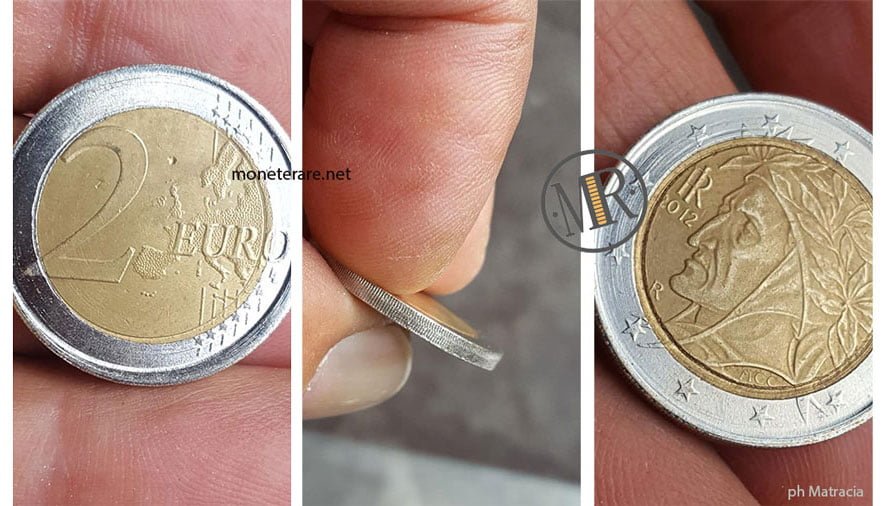
Even if the Euro, both coins and banknotes, are equipped with sophisticated security systems, to make copying and counterfeiting impossible or at least difficult, we must keep our eyes open and never let our guard down.
Counterfeiters who learn how to make counterfeit coins must be able to replicate the coins in the best possible way, avoiding as much as possible these systems that we are going to describe.
This is because both as enthusiasts and numismatics we cannot afford to work with fake pieces that have no value.
It must be said that the Euro is one of the safest coins in the world from the point of view of counterfeiting. In practice it is very difficult to counterfeit them as you can also read on the official website of the European Central Bank.
This does not mean that there are no fake pieces in circulation. In fact, there are, and how, especially the 1 and 2 euro cuts are the most subject to falsification.
That’s why it’s really important to know how to recognize fake Euros when someone gives you one, be it a banknote or a coin, otherwise you receive something that has no value.
So, at this point, are you curious to discover how to spot fake 2 euro coins?
Find counterfeit coins with the comparison coin.
This article talks specifically about counterfeit euro coins and not banknotes, which have different security systems against counterfeiting. A good practice to recognize a real coin from a fake one is to compare the two coins, the one that is certain to be true with the one that is suspected to be fake.
To do this we use the so called “comparison coin” that is nothing else but a coin of the same value and type of which we are sure to be true. So we ask ourselves, how do we know that a coin is genuine with certainty?
The next chapter will clearly explain how to recognize a fake coin from a real one and how to make an accurate control of fake coins.
Checking the euro coin security features
Okay, you have a Euro coin in your hand and you have a doubt; you suspect that the coin is fake. What to do?
Make a systematic check of all the security features of the coin. There are 3 of them and you have to check all three, not just one.
These procedures for checking counterfeit coins have been made really easy and applicable by anyone, without the need for special tools, and in order are: TOUCH, LOOK, CHECK.
There is a similar procedure for Euro banknotes, you can find it on this page: banknote security check.

1 – Touch the Coin
Hang any Euro coin in your hand and close your eyes and try to touch its faces with your fingers. Note that the reliefs of the coin are well perceived to the touch and these reliefs are clearly different from the rest of the surface.
Particularly on the euro coins are always in relief on the common side the map and denomination. In the national side (national side) instead is always in relief the design.
2 – Look the Coin
First observe the edge of the coin, perhaps using a magnifying glass to get a better view. The edges have different characteristics in size, thickness and shape for each of the coin denominations.
In general the outer edge is always raised, uniform and well defined.
Written on the edge: always using a magnifying glass, you can proceed by checking the writing on the edge of the two euro coins. You will notice a raised, well defined and uniform edge milling. The writing on the edge has characters or symbols, which vary according to the State that issued the coin.
If you find a coin with a different edge than the one in the picture above is false. It often happens with counterfeit 2 euro coins, which often did not reproduce the original edge with the value (which is precisely on the edge interspersed with stars).
Edge alignment: If you try to align two or more 2 € coins or even 1 € coins with the same national side, you will notice that the letters and symbols on the edges are also aligned perfectly.
Align the coins and observe both edges. Raised and smooth spaces will also be perfectly aligned.
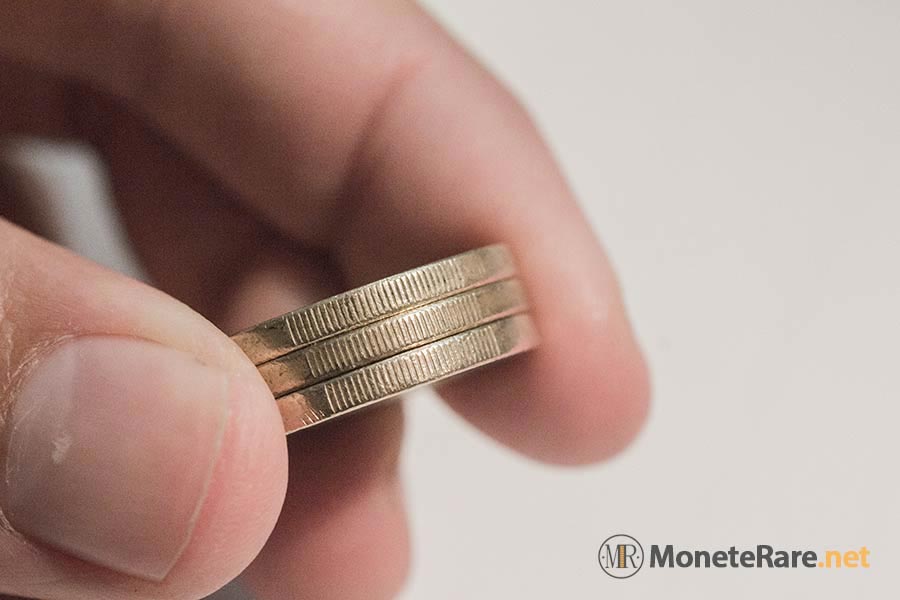
Micro dots: the maps of the European Union on the common side of the one and two euro coins are depicted in negative relief. Always using a magnifying glass you can easily notice that they are composed of even very small dots that are difficult to replicate.
The dots are easily noticed in little circulated coins. In the others, those that have entered the circle, the dots wear out a lot and can be noticed with much more difficulty. To see them you need a good magnifying glass.
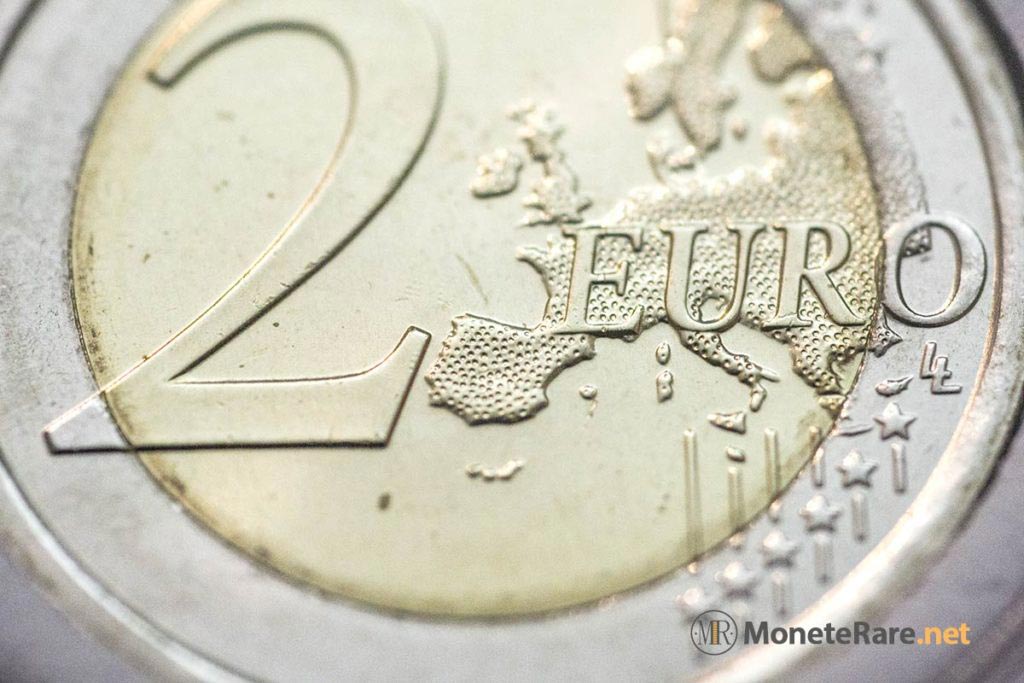
3 – Check the coin
Checking counterfeit coins is a simple procedure that you can do at home alone and with the simple help of a magnet because it is all based on magnetism. Magnetism is one of the characteristics and physical properties of the materials that make up the coins and helps us determine their authenticity.
If you use a simple magnet you can easily check and verify the magnetic properties of each coin, which are different from each other.
The 1 and 2 Euro coins, which are bimetallic, have a slightly magnetic inner part and a non-magnetic outer part. So, if the coin is authentic, the calamity will stick only in the inner part.
The coins of 10, 20 and 50 cents have no magnetic properties. It goes without saying that if you find one of these coins that is attracted by the magnet then it is fake.
The 1, 2 and 5 Euro cents coins are made of very magnetic material and therefore the magnet attracts them easily.
How to spot fake 2 euro coins?
If you have read above you will certainly have understood how to recognize the 2 euro counterfeit coins. The fake 2 euro coins are immediately identified by the magnet test, to see if the inner part attracts the magnet and the outer part does not. A further test to be done on counterfeit 2-euro coins is the edge alignment.
We hope with this article we have given you all the information you need to be able to recognize counterfeit coins from authentic ones. Please check the Faq’s section below.
Frequently asked questions about counterfeit coins
In this case you have two options: 1) Take it to a Bank office or some financial institution like a bank and submit the piece to an expert technician who can give you an answer. 2) Check a “comparison coin” to have a real and physical comparison meter in hand that can help you identify the fake or authentic piece.
Usually the method of checking the 3 characteristics is sufficient in the vast majority of cases to determine the authenticity of a Euro coin. However, if after this procedure the coin you have continues to give you doubts and your suspicions that it is false remain, you have these possibilities.
1) Do not accept (do not buy) the coin. If you accept or buy it you are accepting or buying a coin that has no value.
2) Kindly ask to have a different coin explaining that the one in question could be false and therefore you prefer not to receive it.
3) Inform a bank for verification or the competent authorities to identify the person who provided you with the fake coin.
Patience, now the damage is done. Do not try to pass it on to someone else because it is a prosecutable action under the law. Rather, hand the money over to the police or to a credit institution that will take it out of circulation or perhaps disprove your assessment.
We hope with this article we have given you all the information you need to be able to recognize counterfeit coins from authentic ones.
